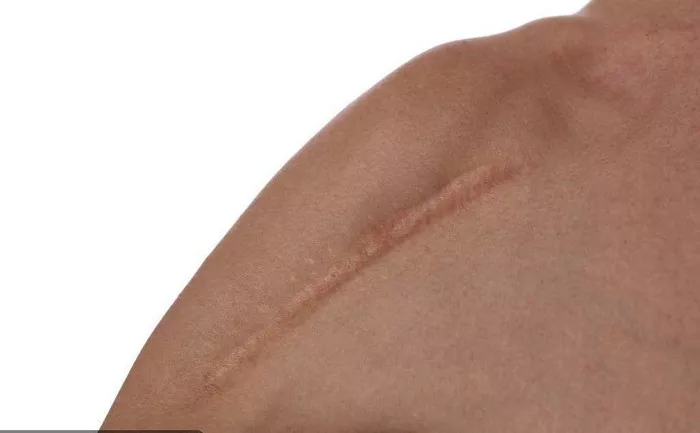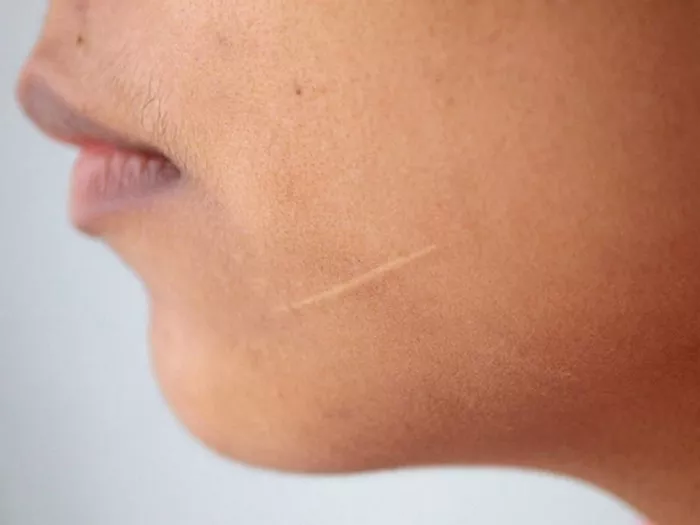Scars, whether from surgeries, injuries, or other skin traumas, often raise questions about effective management and reduction. In the quest for solutions, individuals frequently explore various remedies, with Vaseline emerging as a popular option. This comprehensive exploration delves into the relationship between Vaseline and scar fading, unraveling the science, addressing common misconceptions, and providing insights into the potential benefits and limitations of using Vaseline in scar care.
Understanding Scars
Before delving into the role of Vaseline in scar fading, it’s essential to grasp the intricacies of how scars form. Scars are the body’s natural response to wounds or injuries. When the skin is damaged, the body initiates a complex healing process involving inflammation, tissue repair, and collagen production. Collagen, a structural protein, plays a crucial role in the formation of scars. The appearance and texture of scars are influenced by the type of injury, the depth of the wound, and individual factors such as genetics and skin type.
Vaseline and Scars Fade
The relationship between Vaseline and scars fade revolves around the moisturizing properties of this petroleum jelly-based product. Vaseline creates a barrier on the skin, preventing moisture loss and promoting hydration. In the context of scars, maintaining a moist environment is believed to contribute to a more favorable healing process. By applying Vaseline to a healing wound or existing scar, individuals aim to keep the area hydrated, potentially reducing dryness and minimizing the appearance of scars over time.
Clinical Perspectives on Vaseline and Scar Fading
While anecdotal evidence often touts the benefits of Vaseline in scar fading, it’s crucial to explore the scientific perspective. Limited clinical studies specifically addressing Vaseline’s role in scar management exist. However, broader research on wound healing and scar prevention suggests that maintaining a moist environment can be beneficial. In this context, Vaseline’s ability to lock in moisture may indirectly support the healing process and contribute to minimizing scar visibility.
The Early Stages
In the early stages of wound healing, the application of Vaseline is often recommended to promote optimal conditions for scar formation. As a wound closes, keeping it moisturized with Vaseline may prevent the development of a dry, scab-like crust. This, in turn, could contribute to a smoother healing process and potentially result in a less conspicuous scar. It’s important to note that the effectiveness of Vaseline in this context may vary among individuals, and factors such as the type and location of the wound play a role.
Established Scars
For established scars, the impact of Vaseline on fading is less straightforward. While the moisturizing properties of Vaseline may contribute to the overall health of the skin, its ability to significantly alter the appearance of well-established scars is debated. Scar tissue undergoes a maturation process that can take up to a year or more, during which collagen fibers align and the scar gradually remodels. Applying Vaseline to established scars may help with hydration and suppleness but may not entirely eliminate or fade the scar.
Myths and Misconceptions
In the realm of scar care, several myths and misconceptions surround the use of Vaseline. One common belief is that Vaseline can actively “melt away” or dissolve scars. However, the reality is more nuanced. Vaseline primarily functions as a moisturizer, and its impact on scars is indirect. It can improve the overall texture and appearance of scars by addressing dryness and promoting hydration, but expectations should be realistic, especially for older scars with well-established tissue.
The Importance of Consistency
Consistency is key when using Vaseline for scar care. Regular, gentle application of Vaseline to healing wounds or established scars contributes to its potential benefits. It’s essential to adhere to a routine, applying Vaseline to clean and dry skin. Massaging the product in a circular motion may also aid in its absorption. Individuals should consult with healthcare professionals for personalized guidance on the frequency and duration of Vaseline application based on their specific circumstances.
Alternatives and Complementary Approaches
While Vaseline is a widely used product in scar care, exploring alternative and complementary approaches can further enhance scar management. Silicone-based products, for example, have been studied for their positive effects on scar appearance. Additionally, sunscreen plays a crucial role in preventing scars from darkening and becoming more noticeable. Combining Vaseline with these complementary strategies may offer a more comprehensive approach to scar care.
Potential Limitations and Considerations
Despite its popularity, Vaseline has its limitations in scar management. It may not be a one-size-fits-all solution, and individual responses can vary. Factors such as skin type, scar type, and the body’s natural healing processes influence the outcomes. Individuals should set realistic expectations, understanding that while Vaseline can contribute to a favorable healing environment, it may not entirely eliminate scars or produce immediate, dramatic results.
Consulting Healthcare Professionals
For individuals navigating scar care, seeking guidance from healthcare professionals is paramount. Dermatologists, plastic surgeons, or wound care specialists can provide personalized recommendations based on the specific characteristics of the scar and individual health considerations. Consulting with professionals ensures that the chosen approach aligns with the unique needs of the individual, optimizing the potential for positive outcomes in scar management.
Conclusion
In conclusion, the relationship between Vaseline and scar fading is grounded in the moisturizing properties of this iconic petroleum jelly. While research on this specific topic is limited, the broader understanding of wound healing and scar prevention supports the idea that maintaining a moist environment can be beneficial. Vaseline, when applied consistently and appropriately, may contribute to the overall health and appearance of scars, especially during the early stages of healing. However, individuals should approach scar care holistically, considering factors such as alternative approaches, skin type, and professional guidance. In the journey toward scar management, a nuanced and realistic perspective, coupled with informed decision-making, empowers individuals to make choices aligned with their desired outcomes and overall well-being.
[inline_related_posts title=”You Might Be Interested In” title_align=”left” style=”list” number=”6″ align=”none” ids=”3296,3294,3292″ by=”categories” orderby=”rand” order=”DESC” hide_thumb=”no” thumb_right=”no” views=”no” date=”yes” grid_columns=”2″ post_type=”” tax=””]































